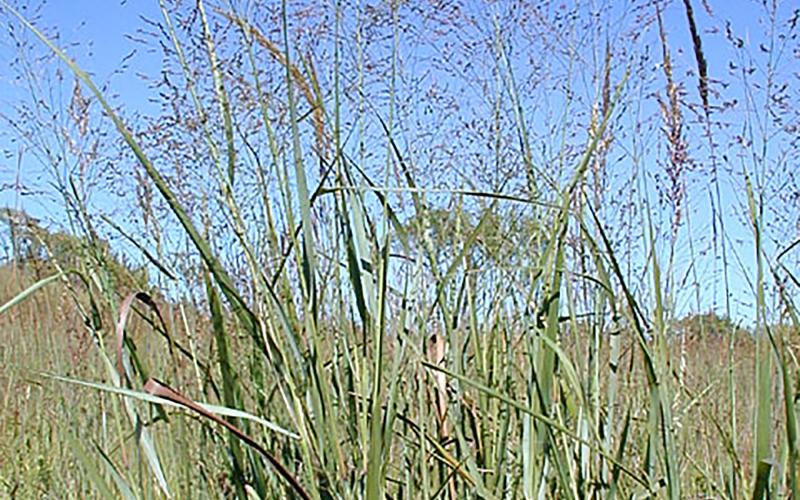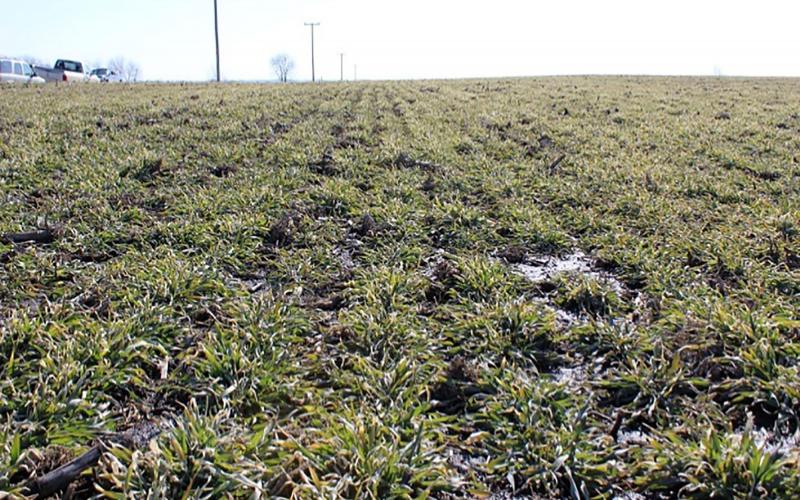Written collaboratively by Tong Wang, Anthony Bly, Jennifer Mueller, Troy White and Sandeep Kumar.
Implementing crop rotations and no-till practices are common suggestions to reduce erosion, control pests, and improve yields. These practices can also improve soil health through an increase in soil carbon levels. Research has been done on both these management practices, but researchers wanted to dive deeper and see how exactly they impact the soil in South Dakota.
What is Soil Carbon?
There are two different types of soil organic carbon. The first is called the light fraction of carbon (LFOC). This is the most sensitive and responds to changes on the surface such as no till or crop rotations. This carbon influences nutrient cycling which keeps soil healthy and microorganisms active. This type of carbon is the free organic matter in the soil. The second type of soil carbon is the passive pool which is carbon that has combined with other minerals. This carbon can only be slowly altered by microbial activity, which means it can take years to impact this carbon pool. Both types are however key pieces to healthy, stable soil.
Crop Rotations and No Till
Crop rotations are common in South Dakota but can look different from producer to producer. Common examples of rotations include a 2-year corn/soybean rotation, a 3-year corn/soybean/wheat rotation, or a 4-year corn/soybean/wheat/oat rotation. These rotations lead to better nutrient availability and can also improve soil carbon. No till practices have also become more commonplace across the state. This practice leaves crop residue on the surface which leads to healthier, more productive soil.
As you can see both practices provide benefits so, combining these practices can be even more beneficial to producers. Researchers in South Dakota have found that implementing crop rotations (especially a 4-year rotation) with no till practices increases both types of soil carbon and leads to improved bulk density and soil structure. These soil improvements will be best seen when this combination is used over a long period of time.
Bottom Line
In South Dakota, implementing both crop rotations and no till practices increases soil carbon and improves soil health.
Resource: Alhameid, A., Ibrahim, M., Kumar, S., Sexton, P., & Schumacher, T. E. (2017). Soil organic carbon changes impacted by crop rotational diversity under no-till farming in South Dakota, USA. Soil Science Society of America Journal, 81(4), 868-877.


